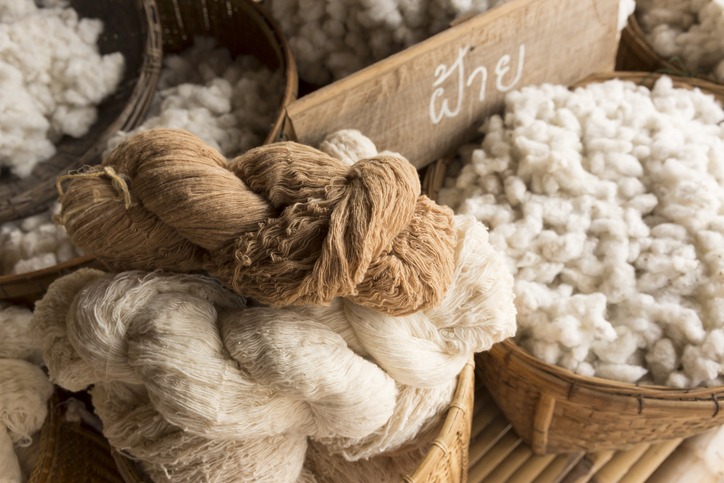Wool is a versatile natural fibre used for clothing and other textiles for centuries. It is derived from sheep’s fleece and is prized for its warmth, softness, and durability. Producing wool involves several stages, each of which contributes to the quality of the final product. This article will take a closer look at the wool production process, from sheep to sweaters.
Shearing
The first stage of production is shearing. Shearing is the process of removing the fleece from the sheep’s body. It is usually done once a year, in the spring or early summer when the weather is warmer. Shearing is typically done by professional shearers who use electric clippers to remove the fleece. It is important to shear the sheep carefully to avoid harming the animal or damaging the wool.
Sorting and Cleaning
Once the fleece has been removed, it is sorted and cleaned. The sorting process involves separating the wool into different grades based on quality. Wool is graded based on its length, strength, and fineness. The finest wool is usually used for high-end clothing and textiles, while coarser wool is used for heavier items like blankets and carpets.
After the wool has been sorted, it is cleaned to remove dirt, grease, and other impurities. Cleaning involves washing the wool in hot water and detergent to remove dirt and grease. The wool is then rinsed several times to remove all traces of detergent. Finally, it is dried and fluffed to restore its natural loft.
Carding
Once the wool has been cleaned and dried, it is carded. Carding is the process of combining the wool fibres to align them in the same direction. This helps to create a smoother and more even yarn. Carding can be done by hand using hand carders or by machine using a carding machine.
Spinning
After carding, the wool fibres are spun into yarn. The process of spinning wool involves twisting the wool fibres together to form a strong and continuous thread. This can be accomplished by hand, using a spinning wheel, or by using a spinning machine for a more automated process. The thickness of the yarn can be adjusted by adding or removing twists.
Dyeing
Once the yarn has been spun, it can be dyed to add colour. Natural dyes can be made from plants, insects, and minerals. Synthetic dyes can also be used to create a wider range of colours. The yarn is soaked in the dye until it reaches the desired shade, then rinsed and dried.
Knitting or Weaving
Finally, the dyed yarn is ready for knitting or weaving. Knitting is creating fabric by looping yarn together with knitting needles. Weaving is the process of creating fabric by interlacing yarn on a loom. Both techniques can create various woollen products, from sweaters and scarves to blankets and rugs.
Finishing
After the wool has been knitted or woven into the final product, it undergoes finishing processes to enhance its texture and appearance. Finishing can involve various techniques, such as brushing, steaming, and pressing, to smooth out any bumps or imperfections in the fabric. Finishing can also involve treatments such as anti-pilling, which helps to prevent the fabric from forming unsightly balls of fuzz over time.
Quality Control
Quality control measures are implemented throughout the production process to ensure that the final product meets industry standards. This can involve regular wool testing for fibre length, strength, and fineness. Quality control also involves checking for any defects or irregularities in the fabric and adjusting the production process as needed to maintain consistency in the final product.
In conclusion
Wool production, from sheep to sweaters, is a complex process that involves many stages, each of which contributes to the quality and sustainability of the final product. As sustainability becomes a higher priority in the fashion industry, the wool industry is taking steps to implement eco-friendly and ethical practices. Consumers can promote a more sustainable future for production by choosing sustainable wool products from sustainable wool and supporting brands with sustainable practices.
Author: Alison Lurie

